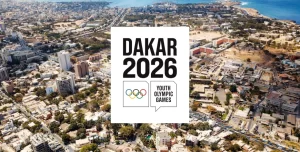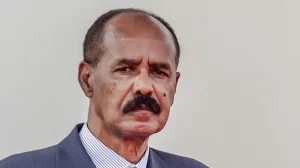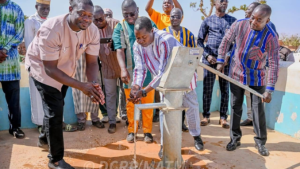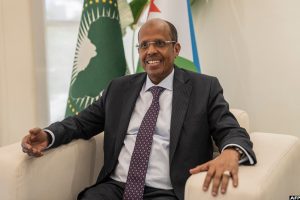Togo: President Faure Gnassingbé’s actions reflecting his commitment to the climate in 2023
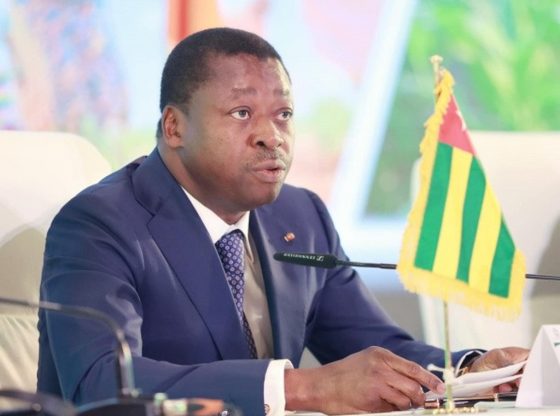
Togo, led by Faure Essozimna Gnassingbé, undeniably distinguished itself throughout the year 2023 as a «model state» on all fronts. A high achiever domestically, diplomatically, and internationally, Togo was present at major international gatherings, thanks to its president, Faure Gnassingbé, a man of clarity and vision.
The 78th United Nations General Assembly, Russia-Africa Summit, BRICS Summit, Summit of the 77 Developing Countries, COP 28, and many more – Togo was actively involved.
The participation of the Togolese Head of State in the 28th edition of the Conference of the Parties on Climate showcases the country’s commitment to the cause of climate and environmental issues.
This commitment translated into several significant and concrete actions at the national level to promote sustainability and ecosystem protection.
The first action was the national reforestation campaign launched on June 1, 2023, the National Tree Day.
During this campaign, millions of seedlings were planted, and efforts were made to equip collectors and processors of non-timber forest products.
Other notable environmental actions during the year include the validation of the document on the sustainable management of lands and ecosystems, the launch of the program for accessing the Green Climate Fund, and the adoption of the Paris Agreement on climate by Togo, reinforcing the president’s commitment to combating «Mother Nature’s» warming.
This commitment was reaffirmed in Glasgow and Cairo for a transition to renewable and green energies.
Numerous initiatives were introduced, including the construction of the 50 MW Blitta photovoltaic solar power plant, the 50 MW solar power plant connected to the public grid, the 30 MW photovoltaic solar power plant in Dapaong, Kara, and Sokodé (scaling solar), the 65 MW Kékéli hybrid power plant (gas and heat), and 580 KWC (kilowatt-peak) mini-grids, among others.
At COP 28 in Dubai, Faure Gnassingbé signed an agreement with AMEA POWER to increase solar energy production at the Blitta plant, a fine example of the country’s efforts to diversify energy sources and promote sustainable development.
Chantal TAWELESSI





